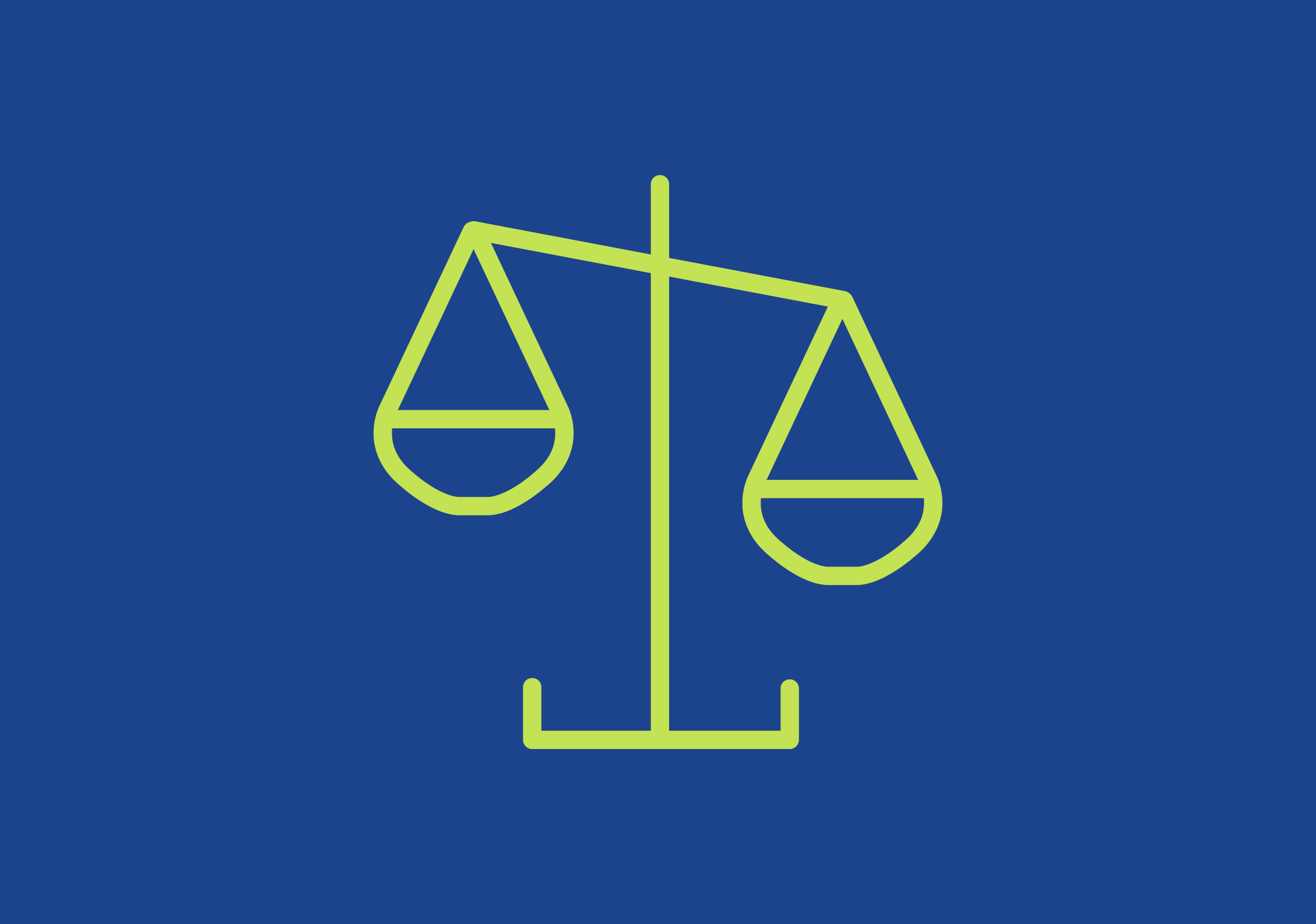Opportunity to Prevent Litigation for Unavoidable Pressure Ulcers May Warrant a New Warning Process for SNFs

Providing patient and family education about “unavoidable” pressure ulcers may help prevent related litigation, according to the authors of a recent article in the National Law Review. Specifically, they recommend the standardized use of a “More Likely Than Not” form that details when someone is more likely than not to develop unavoidable pressure ulcers.
This form can be given to every patient or resident whose medical condition, treatments, comorbidities, etc, puts them at high risk for developing a pressure ulcer. These issues include, but are not limited to:
- Anticipated immobility or limited mobility
- Cancer
- Chemotherapy treatment
- Compromised oral intake
- Diabetes
- Feeding tube, intubation, or placement of multiple lines
- Incontinence
- Obesity
- Peripheral vascular disease
- Residents who refuse turning/positioning, who are at high risk for falls, or who have a history of or current pressure ulcer
In brief, the form details that the resident and family understand the risk of the person getting an unavoidable pressure ulcer. The form should be signed on admission or soon after. A family member or health care proxy can sign this form if the resident cannot. As the authors said, “If used, this language [in the form] will provide defense counsel an advantage at trial. The key phrase ‘more likely than not’ in the form is intended to combat the plaintiff’s burden of proof at a trial, which is ‘more likely than not’ that negligence occurred.”
According to the Agency for Healthcare Research and Quality, 2.5 million patients experience a pressure ulcer, at a cost to the health care system of between $9.1 billion and $11.6 billion each year. This high volume of occurrences, said the National Law Review article authors, “is not a result of prevalent negligence, but of a dearth of aggressive defense strategies leading to costly settlements in cases in which good care was provided and ulcers were foreseeable and unavoidable.”
While the “More Likely Than Not” form doesn’t qualify as a strict liability waiver, the authors noted, it can help ensure patients and families are aware of the risks and not blindsided or surprised if and when a pressure ulcer develops. They stressed that pressure injury should be included as a risk in every informed consent form as well.
Click here to read the full National Law Review article.